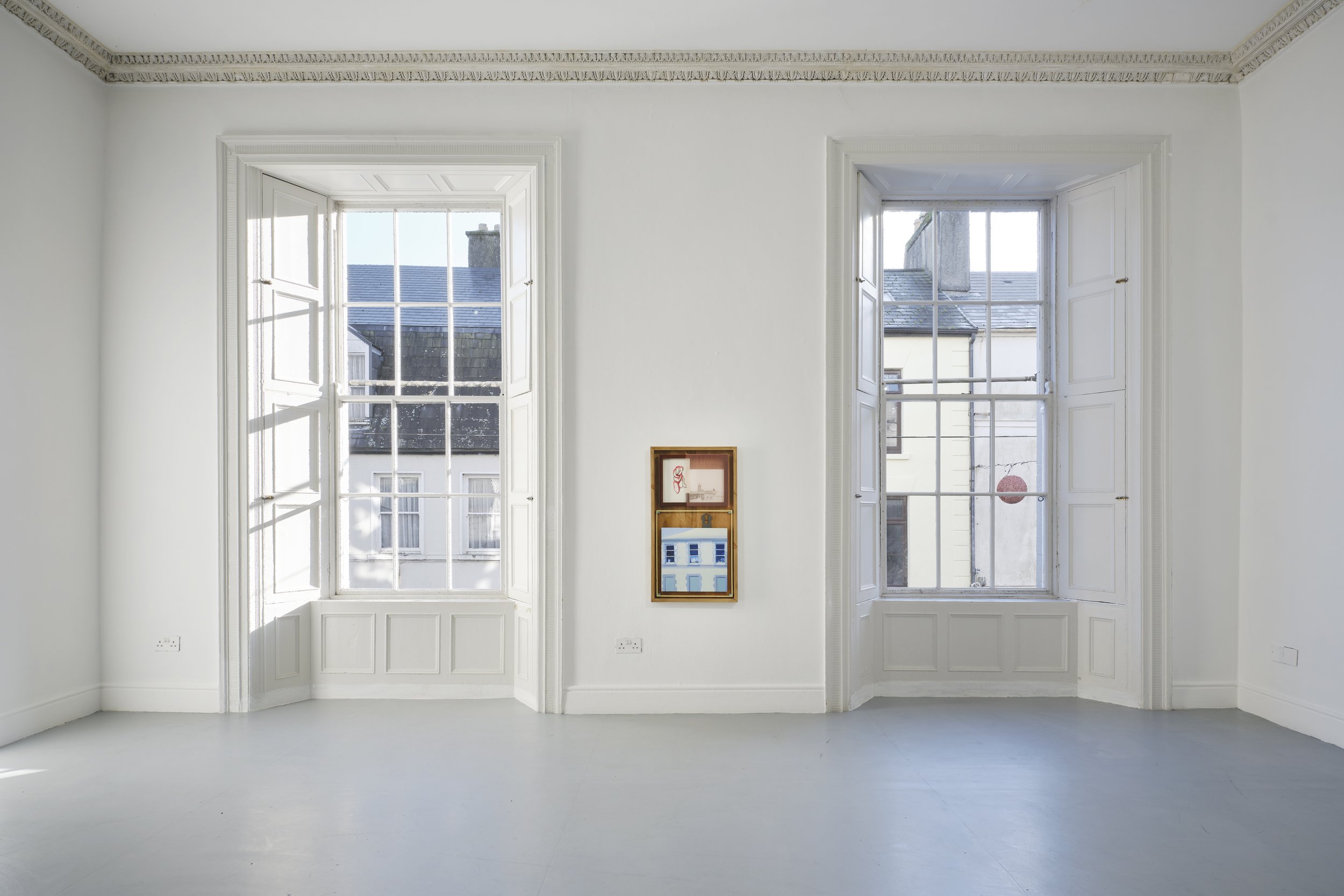TULCA Festival of Visual Arts is pleased to announce the programme of its 22nd festival edition, titled The Salvage Agency curated by Michele Horrigan.
TULCA 2024 will be presented across multiple venues and locations in Galway from 1-17 November 2024. Established as the west of Ireland’s key annual showcase of contemporary art, TULCA continues to embrace Galway’s art institutions, cultural initiatives and public space together, presenting Irish and international artistic positions vital to our understanding of life today.
The 2024 programme will feature new commissions, artistic contributions and exhibitions by:
Seanie Barron, David Beattie, Stephen Brandes, John Carson, Ruth Clinton and Niamh Moriarty, Michelle Doyle and Cóilín O’Connell, Bryony Dunne, Peter Fend and Finn Van Gelderen, Regina José Galindo, Léann Herlihy, Michael Holly, Patrick Hough, Joan Jonas, Catriona Leahy, Julie Morrissy, Áine Phillips, Jorge Satorre, Niamh Schmidtke, Temporary Services / Half Letter Press / Breakdown Break Down Press / Public Collectors, Lily Van Oost and Stuart Whipps.
The Salvage Agency considers the agency and role of art in contemporary ecology and environmental action. Michele Horrigan notes “Galway, on the edge of the northeast Atlantic, is a unique location for a heightened awareness of what is at stake. Explorations of landscape, seascape and nature, public space, colonial history, political structures, the industrial complex and folk narratives are all pertinent. These are paths taken by our collective society in the shaping of today’s world and a contemporary Europe. Can art create an undercurrent of improvisation and frugality, haphazard formality, and change to offer new perspectives, provocations and empathy? From the wreckage, can art nourish a new reality?”
The 22nd edition of TULCA is realised in venues throughout Galway city and county, including the Printworks Gallery, Galway City Museum, Zoology and Marine Biology Museum, The James Mitchell Geology Museum, Galway Arts Centre, 126 Artist-run Gallery, Galway Civic Trust, University Gallery, Pálás Cinema and off-site venues and public spaces. A series of public talks, screenings, performances and encounters will feature in The Salvage Agency alongside a specially commissioned publication with texts by curator Michele Horrigan, novelist Walter Macken and contributing TULCA artists.
TULCA 2024: The Salvage Agency will be presented in multiple venues and locations throughout Galway city and county from 1-17 November 2024. TULCA Festival of Visual Arts is supported by The Arts Council, Galway City Council and Galway County Council.
TULCA Festival of Visual Arts
The Salvage Agency
Curated by Michele Horrigan
1-17 November 2024
Galway, Ireland
www.tulca.ie
Image: Glass model of Sycandra raphanus by Leopold and Rudolf Blaschka, circa 1880. Courtesy of the Zoology and Marine Biology
Video edit: Jonathan Sammon
Music credit: Caoimhin O Raghallaigh










